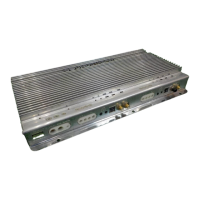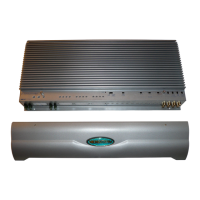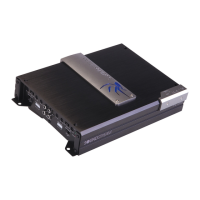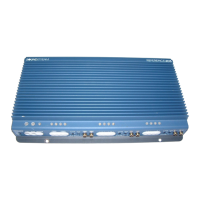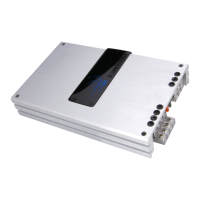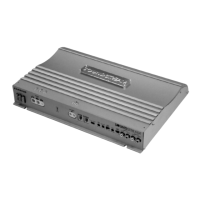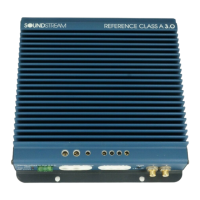Why is the Soundstream Amplifier's left and right input overload indicator lighting up?
- CcruzjohnJul 30, 2025
The left and right input overload indicators light up because the input signal level is too high. To resolve this, readjust the input gains or select the 0.5-5V input signal level range.
